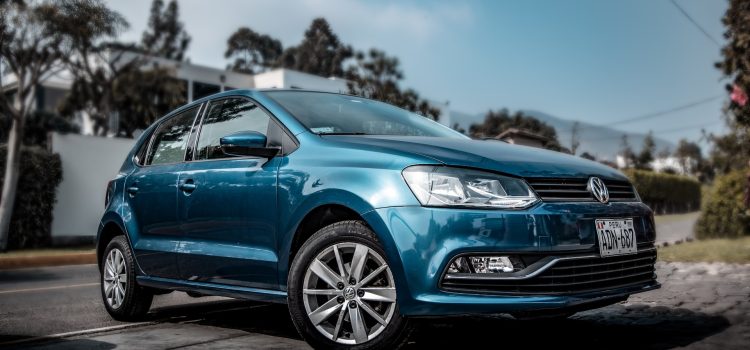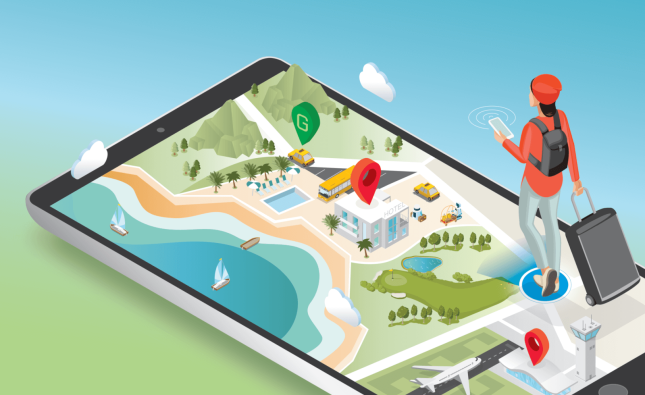
As the automotive industry shifts towards sustainable solutions, Volkswagen has emerged as a key player in the electric vehicle market. The Volkswagen ID.4, a fully electric SUV, showcases the company’s commitment to eco-friendly mobility. In this article, we delve into the features and initiatives that make the ID.4 a symbol of sustainability and explore how it is driving the transition to a greener future.
I. Electrification: Redefining Clean Mobility
The Volkswagen ID.4 represents a significant milestone in Volkswagen’s electrification strategy. With its all-electric powertrain, the ID.4 emits zero tailpipe emissions, contributing to cleaner air quality and reduced greenhouse gas emissions. This shift towards electric mobility is a crucial step in combating climate change and building a more sustainable transportation ecosystem.
II. Sustainable Materials: From the Inside Out
Volkswagen’s commitment to sustainability extends beyond the ID.4’s electric drivetrain. The vehicle incorporates eco-friendly materials throughout its interior and exterior design. From recycled plastics and natural fibers to responsibly sourced wood accents, the ID.4 embraces sustainable materials, reducing its environmental impact while offering a high-quality and luxurious experience for drivers and passengers.
III. Responsible Production: Minimizing Environmental Footprint
Creating a truly sustainable vehicle goes beyond its usage. Volkswagen has implemented environmentally responsible production processes for the ID.4, ensuring that its manufacturing has a minimal ecological footprint. By optimizing energy efficiency, reducing waste, and implementing sustainable practices throughout the supply chain, Volkswagen is taking significant strides towards a more sustainable automotive industry.
IV. Battery Technology: Powering the Future
Central to the ID.4’s electric capabilities is its advanced battery technology. Volkswagen has made significant investments in developing high-performance batteries with extended range and rapid charging capabilities. By focusing on battery innovation, Volkswagen aims to enhance the overall efficiency and sustainability of its electric vehicles, making electric driving accessible to a broader range of consumers.
V. Charging Infrastructure: Enabling Electric Mobility
A comprehensive charging infrastructure is critical for the widespread adoption of electric vehicles. Volkswagen recognizes this and has taken proactive steps to expand the availability of charging stations. Through partnerships and collaborations, Volkswagen is working towards establishing a reliable and convenient network of charging points, ensuring that ID.4 owners have access to charging facilities wherever their journeys take them.
VI. Community Engagement: Driving Change Together
Volkswagen understands that sustainability is a collective effort, requiring engagement from individuals, communities, and organizations. In line with this philosophy, the company actively engages with customers, partners, and stakeholders to promote sustainable mobility and raise awareness about the benefits of electric vehicles. By fostering a sense of shared responsibility, Volkswagen is encouraging a broader shift towards sustainable transportation.
Conclusion:
The Volkswagen ID.4 represents a compelling example of sustainability in motion. From its all-electric powertrain to the use of eco-friendly materials and responsible production practices, the ID.4 embodies Volkswagen’s commitment to building a greener future. By focusing on battery technology and expanding the charging infrastructure, Volkswagen aims to make electric mobility accessible and convenient for all. Through community engagement and collaborative initiatives, the company is driving change and inspiring others to embrace sustainable transportation solutions. The Volkswagen ID.4 serves as a testament to the potential of electric vehicles to revolutionize the way we move, offering a cleaner, more sustainable, and enjoyable driving experience.










